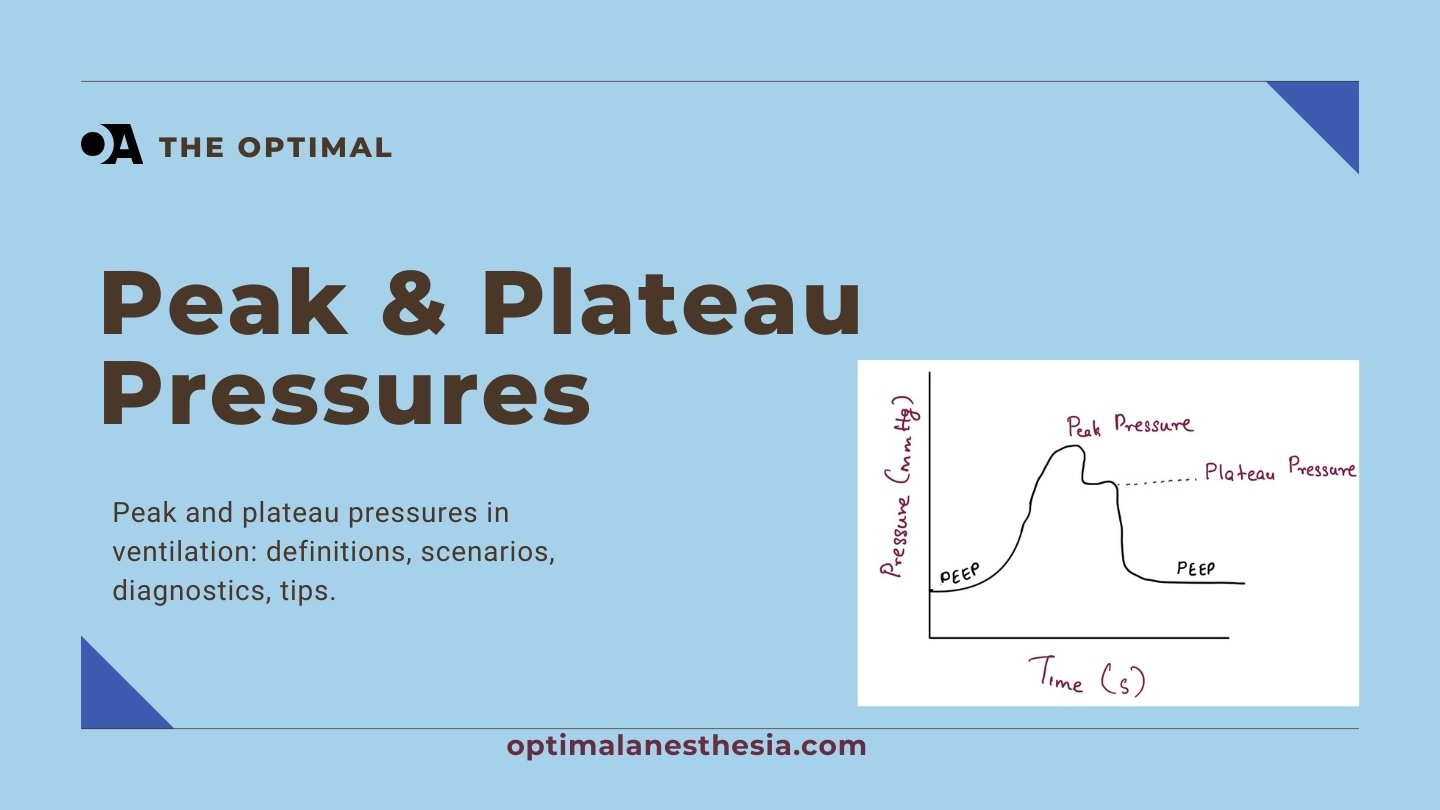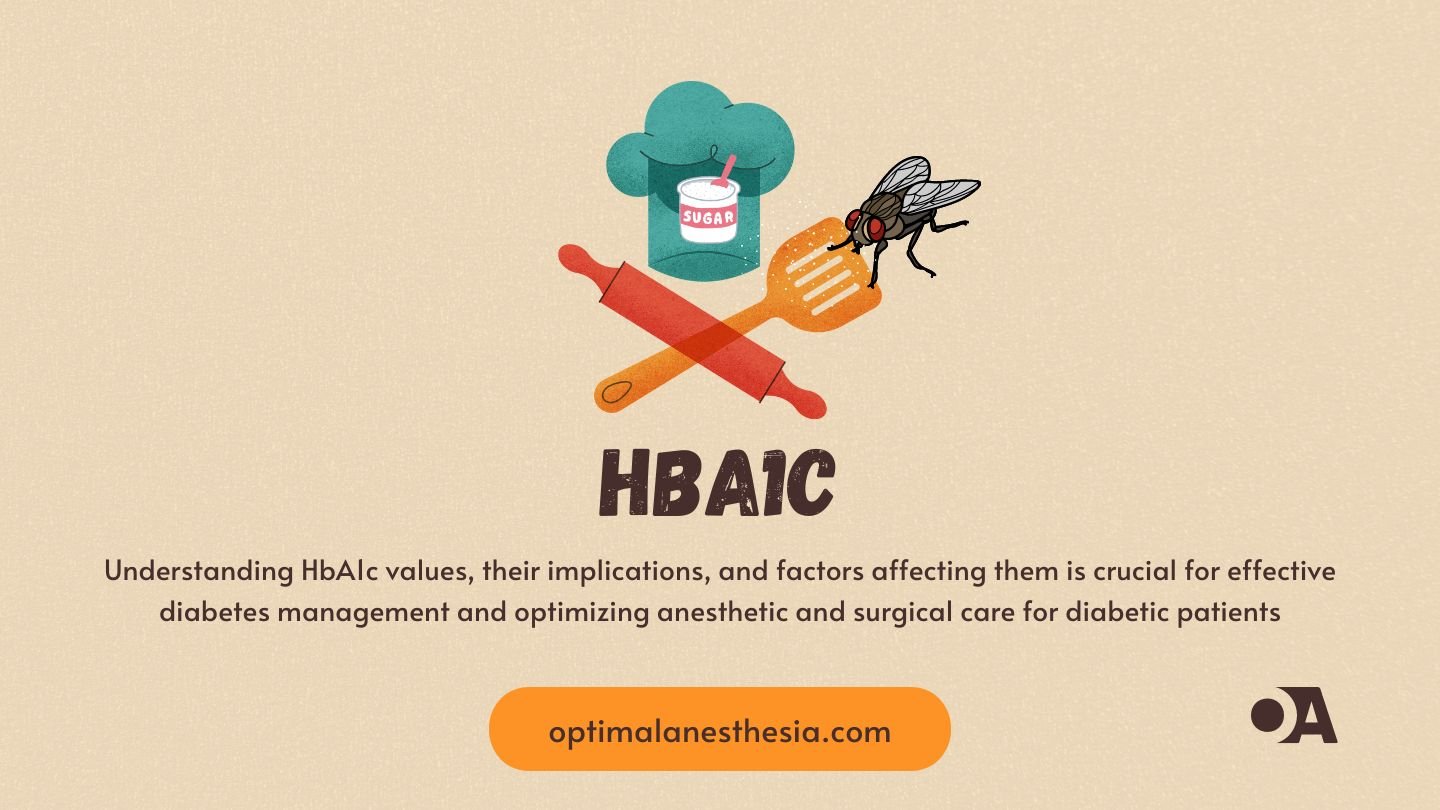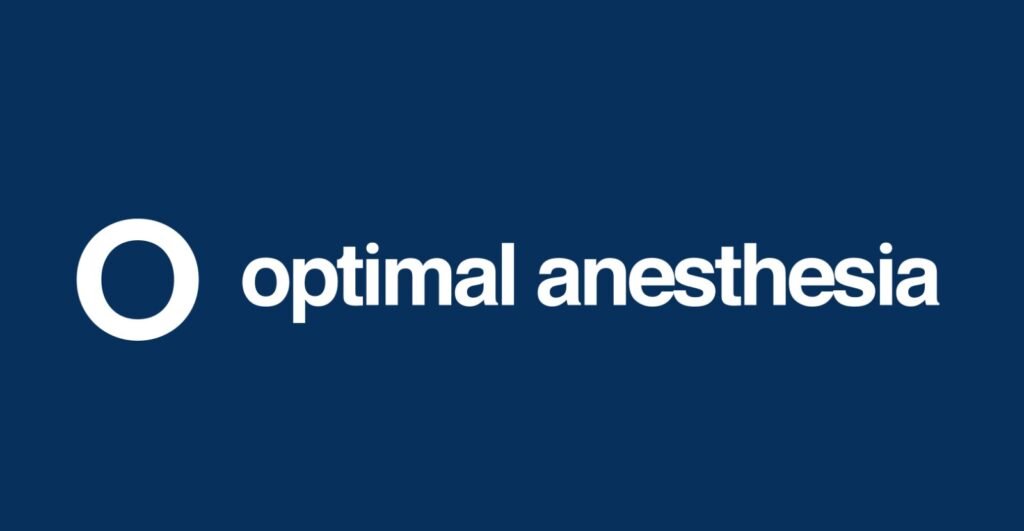
Peak Airway Pressure and Plateau Pressure on Ventilator: An Overview
Introduction Mechanical ventilation is a cornerstone of modern critical care and anesthesiology, providing essential respiratory support to patients who are una... Read more.

HbA1c & Anesthesia
Introduction Diabetes management hinges on monitoring glycemia, with glycated hemoglobin (HbA1c) being a crucial indicator. HbA1c reflects average blood glucose... Read more.

Navigating Intraoperative Tachycardia in the Elderly: Unraveling Causes and Clinical Management in a Complex Case
In this case study, we explore the challenges of intraoperative tachycardia in an 85-year-old patient with diabetes, hypertension, and critical lab values durin... Read more.

Navigating the Toxic Terrain: A Comprehensive Guide for Anesthesiologists on Nerve Agents and Emergency Management
Why An Anesthesiologist Should be Informed about Nerve Agents As an anesthesiologist, staying informed about nerve agents is crucial due to the potential encoun... Read more.

Precurarization in Succinylcholine: Mechanism, Procedure, and Doses
Precurarization is a technique used in anesthesia to reduce the potential adverse effects of succinylcholine. It is achieved by using a non-depolarizing neuromu... Read more.

Opioid Agonist–Antagonist Drugs
Opioid agonist–antagonist drugs are a class of medications that interact with opioid receptors in the body. They produce limited responses (partial agonists) ... Read more.

